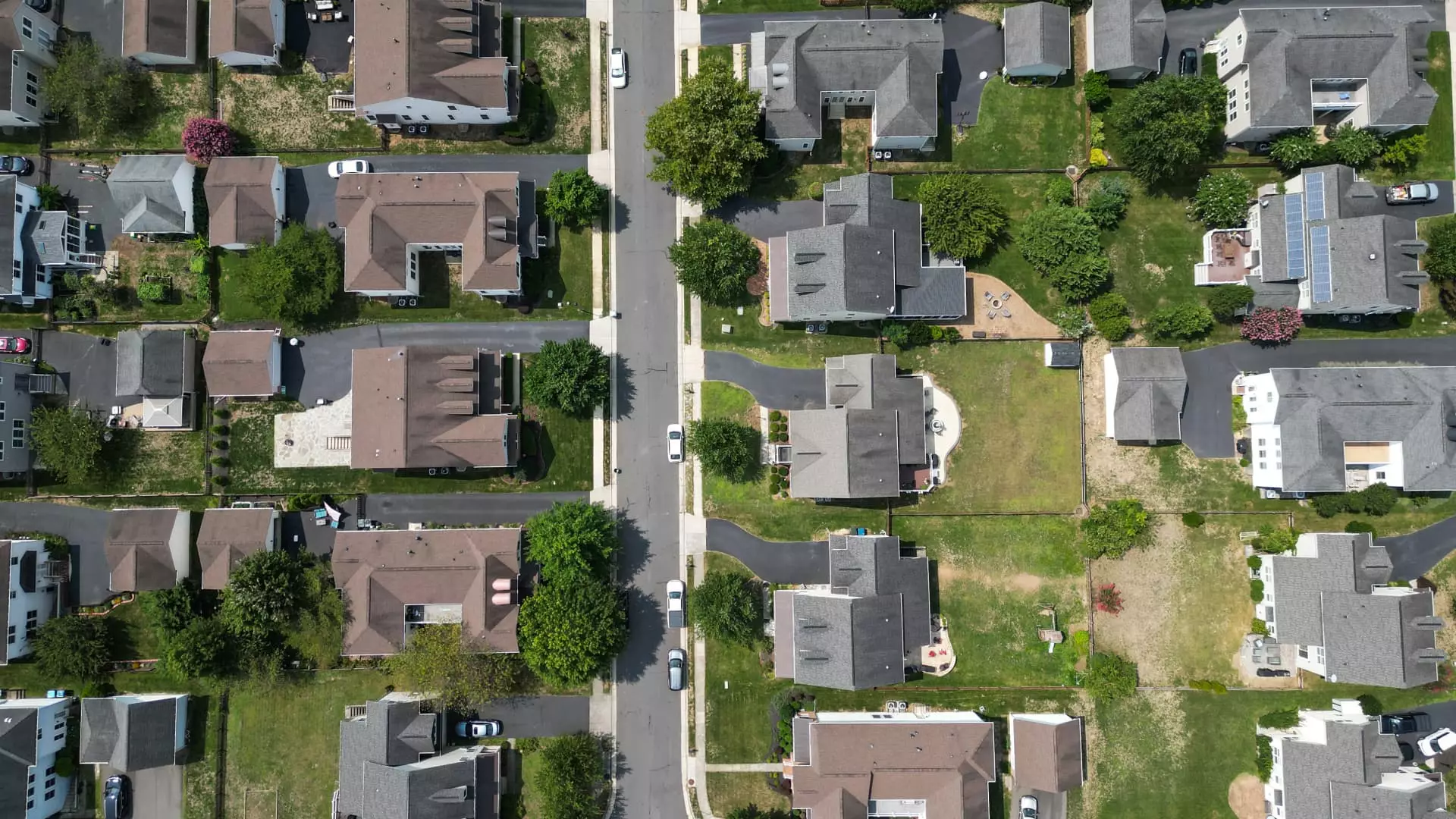Recent declines in mortgage rates have undeniably spurred a surge in refinancing activity, illuminating a market that remains highly sensitive to interest rate fluctuations. With applications jumping 7% week-over-week and soaring 40% compared to the same period last year, homeowners are clearly capitalizing on the opportunity to reduce their borrowing costs. This eagerness reflects an underlying confidence in the potential for further rate stability or reductions, positioning refinancing as a strategic move in a volatile economic environment. However, this surge also begs the question: are homeowners making well-considered decisions, or are they driven by short-term gains that could backfire if rates reverse or economic conditions shift unexpectedly?
Moreover, the increase in the average loan size, rising to over $313,700, indicates that borrowers with larger debts are more reactive to rate changes—highlighting a disparity in refinancing behavior based on loan size. This tendency could lead to disproportionate financial strain on some households if rate movements turn unfavorable or if economic uncertainties impact their ability to sustain new borrowing levels.
Homebuyers: A Cautious Market in the Face of Uncertainty
Contrary to the optimism seen in refinancing, home purchase applications have shown remarkable stability — practically flat week-over-week, with only a marginal 0.1% increase. Despite rates reaching new lows and a notable rise in demand compared to last year, prospective buyers remain hesitant. This stagnation underscores a risk-averse attitude among consumers, heavily influenced by broader economic uncertainties, including inflation concerns, labor market volatility, and geopolitical tensions.
This cautious stance may signal a deeper malaise in the housing market, where potential buyers are wary of committing to long-term investments amid unpredictable conditions. The fiscal benefits of lower mortgage rates seem insufficient to overcome fears rooted in economic instability, providing a stark reminder that monetary policy alone cannot stimulate sustained housing demand without accompanying stability.
The Broader Economic and Policy Context: A Double-Edged Sword
The recent decline in mortgage rates may appear as a positive development for homeowners and prospective buyers alike, but it raises essential questions about underlying economic stability. In an environment where the Federal Reserve might pause or even reverse rate hikes due to economic headwinds, the current rate reductions could be temporary. This volatility undermines long-term financial planning for households and risks creating a false sense of security.
Furthermore, the persistence of high job openings, as evidenced by the latest employment data, signals a resilient labor market, yet the accompanying rate flatness suggests that monetary policy still struggles to balance inflation control with economic growth. The dynamic is inherently fragile; if rates remain low for too long without strengthening underlying economic fundamentals, it may ignite inflation or asset bubbles, ultimately harming long-term economic health.
This situation underscores a central truth: market confidence hinges not just on interest rates but on the broader economic narrative. Policymakers must navigate this delicate balance, ensuring that short-term rate declines do not sow the seeds for future instability. For center-right proponents, this means advocating for prudent policymaking—supporting growth while maintaining fiscal discipline—rather than succumbing to reflexive rate cuts that risk boosting borrowing beyond sustainable levels.


Leave a Reply